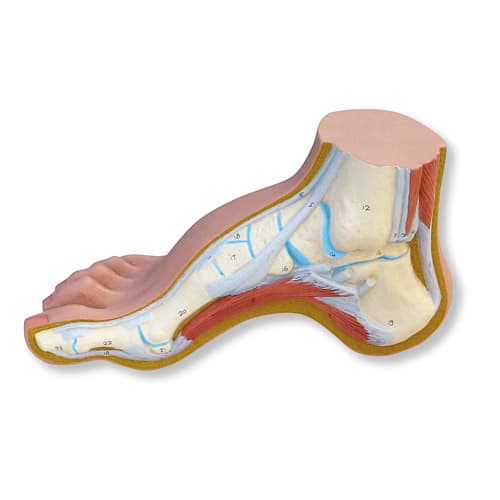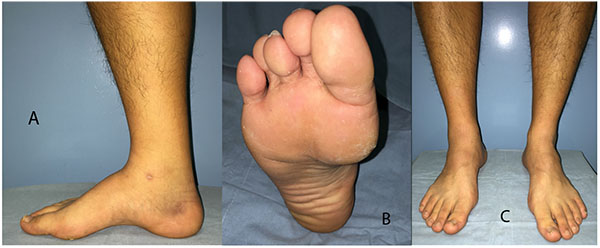

It is rarely seen as an isolated finding and is usually indicative of a.


The swelling can cause damage to the lining in the joints. If this motion is not working then the blood and such just pools in the lower legs causing them to swell.

What makes the pumping action is the motion of the foot flexing and dorisflexion while walking working the calf muscles. This is what I believe: There are valves in the lower legs that pump the blood back up to the heart. However, all my doctor's say they can not find a specific cause of the edema because all my blood work is normal. The stage of edema I have is called persistent edema and stasis pigmentation or eczema, with or without intermitten ulceration.Įdema can be caused by problems with the kidneys and other organs. Or if you see your doc before I do ask him about the swelling and see what he says. Then I will come back to this thread and post. Next time I see my doc I am going to inquire about this. We both have severe Pes Cavus and we both have swelling. I always felt the swelling was in direct relationship with my feet. I wasn't to confident about it being secondary to Pes Cavus until I just read your new post. This too, might possibly be rated as secondary to Pes Cavus. Why? This involves a joint not the foot but, again I not 100%.Ģ. 0 dorisflexion: You might be able to get this service connect as a secondary condition to Pes Cavus. Bone deformities can also cause or result from this foot. In pes cavus there is a shortening of soft tissues that support the longitudinal arch, such as the plantar fascia and tibialis posterior muscles. I know when the end of the day comes after all that walking how you must feel. Pes cavus is a postural disorder characterized by a high longitudinal arch in the foot that does not flatten with weight bearing (Fig. Thanks for filling me in on other symptoms you have with the Pes Cavus.


 0 kommentar(er)
0 kommentar(er)
